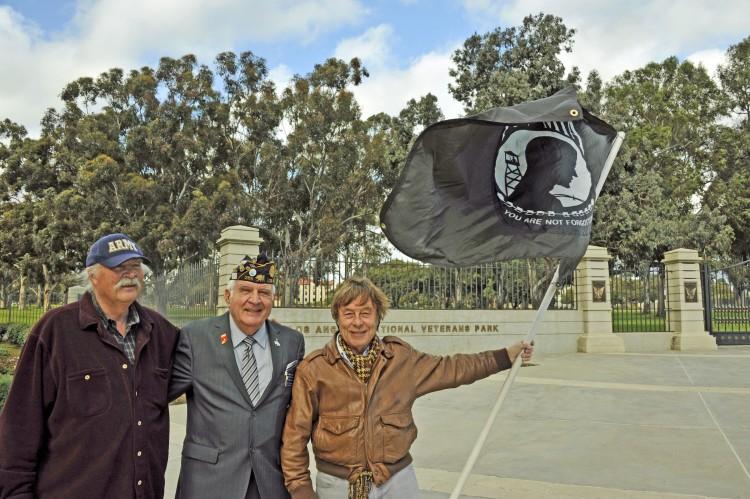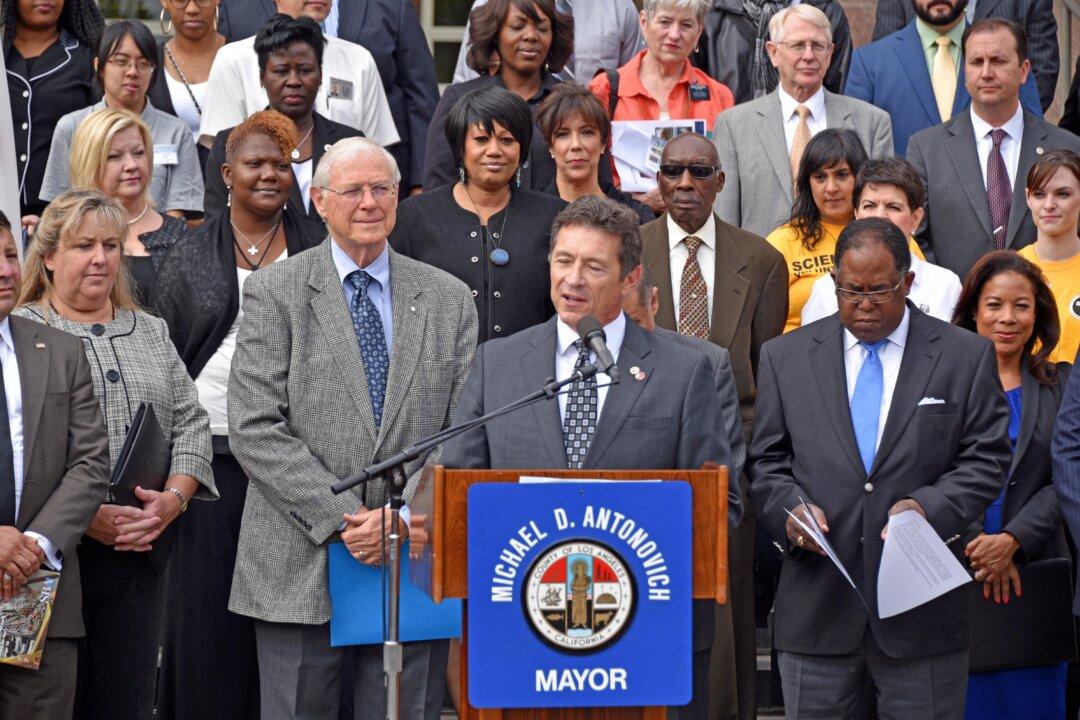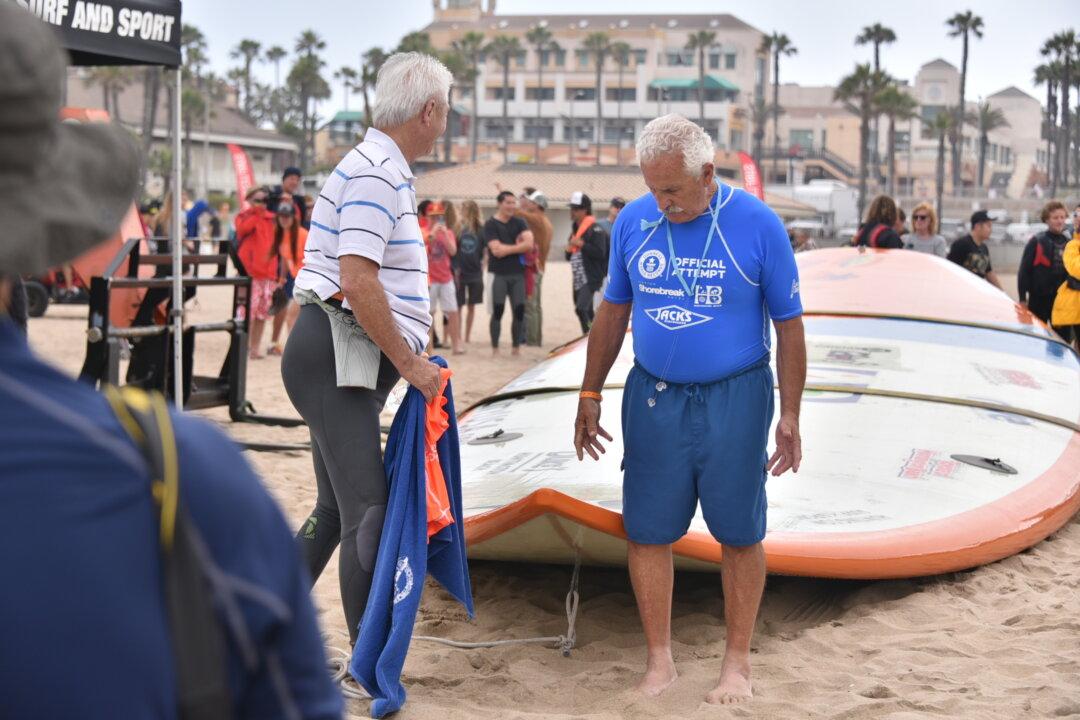LOS ANGELES—Americans have always taken care of their war veterans. As early as 1636, the Plymouth Colony in Massachusetts passed a law stipulating that the colony would support soldiers who became disabled during the American Indian Wars.
With the Revolutionary War of 1776, Congress encouraged enlistments into the voluntary army by providing pensions if soldiers became disabled. The individual states and their communities were responsible for disabled veterans’ medical care.
After the Civil War, various states built veterans homes for the ongoing care of their disabled veterans and their families. This health care was later extended to all veterans through these state veterans homes, regardless of whether or not the illness or injury was caused while in military service, and the care encompassed indigent veterans without cost.
In 1888, Congress passed a bill that required states to set aside land to establish veterans homes to care for their disabled Civil War veterans and thereafter. One of these sites included 600 acres donated from two local landowners for the Los Angeles National Veterans Home, also called the VA Greater Los Angeles Healthcare System (GLA).
The GLA West Los Angeles Medical Center campus now encompasses slightly over 400 acres after the construction of I-405 and other roads and federal buildings.
Several nonveteran commercial entities have leased land from the Department of Veterans Affairs (VA) on the L.A. veterans home site.
“Today, there’s a public dog park, public community park, public golf course, two public theaters, and other gross misuse of this sacred land, including a state-of-the-art collegiate baseball diamond occupied by UCLA and oil extraction taking place on this site,” said Robert Rosebrock, a veterans’ advocate with the Old Veterans Guard and critic of local VA policy.
Rosebrock has been protesting the violations of the Land Grant Deed of 1888 regarding the Los Angeles National Veterans Home every Sunday afternoon since March 2008, along with other concerned veterans, on the corner of Wilshire and San Vicente, bordering the facility.
Rosebrock and others approached the American Civil Liberties Union (ACLU) regarding this issue, and the organization took the case based on the deed’s language. The deed states, no less than five different times, that the land is “to locate, establish, construct, and permanently maintain a branch of said National Home for Disabled Volunteer Soldiers.”
A federal judge dismissed two of the legal claims, and just one remains—a claim that challenges the legality of the land leases on the property.
10 Years Later: Additional Federal VA Beds Are Coming
At the Jan. 25 groundbreaking of the first federally sponsored VA rehabilitation building in at least 10 years, Los Angeles County Supervisor Zev Yaroslavsky made his position well understood at the podium, saying, “This has been a long, long time in coming.”
He is pleased that something is now happening at the veterans home to support L.A.’s disabled veterans.






